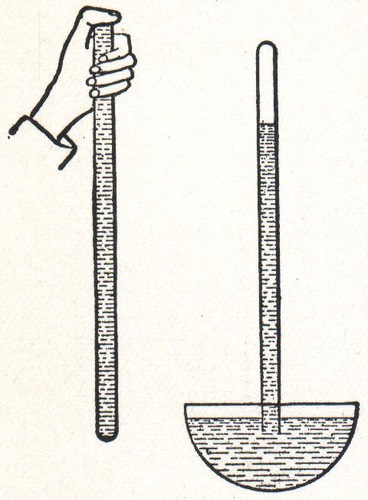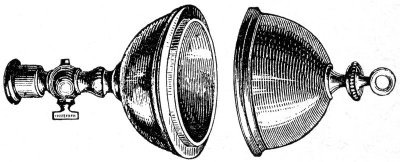In 1638, Galileo’s last book was published: Two New Sciences. This book is not as famous as The Starry Messenger and Dialogue Concerning the Two Chief World Systems, but it is in some ways meatier. In it, Galileo laid out the principles of the two “new sciences”: statics and kinematics. Statics is the study of how forces propagate through various kinds of structures and whether those structures will collapse under stress. We use statics to design bridges and buildings. Kinematics is the study of objects in motion. The most striking thing about this book is that it is clear that Galileo spent a lot of time talking to people who actually built things. Galileo broke down the wall dividing intellectuals and workers in order to learn. That in itself was a huge step forward.
The next major step was made by Isaac Newton, but between Galileo and Newton, two other scientists established two crucial points. The first, Evangelista Torricelli, invented the barometer and thereby proved that air has weight. This might seem obvious to you, but at the time air seemed too insubstantial to count for anything. Torricelli filled a glass tube with mercury, sealed it with his finger, then carefully upended it and immersed it in a bowl of mercury, like so:

The big discovery concerned that empty space at the top of the glass tube: it contained a vacuum. The mercury had extended all the way down to the bottom of the tube when it was upright. While turning the glass tube upside down, Torricelli didn’t permit any air to enter the tube. Therefore, there wasn’t anything at the top of the tube; it was a vacuum. And the fact that the mercury went down only so far demonstrated that something was pushing back; it was the weight of the atmosphere. This seemingly pointless discovery was to have immense consequences later.
Next came Otto von Guericke. Inspired by Torricelli’s discovery, Guericke invented the first vacuum pump, and performed a public experiment that grabbed the public’s imagination; it was just as much a triumph of showmanship as of science. Guericke had some bronze workers manufacture two bronze hemispheres that fit together tightly:

He then used his vacuum pump to remove the air from inside the sphere. Next, he hooked up two teams of eight horses, one on either end of the sphere, and ordered them to pull apart the sphere:
They couldn’t do it. Guericke had demonstrated the strength of atmospheric pressure. This would have immense consequences a hundred years later.
April 30th, 2018
